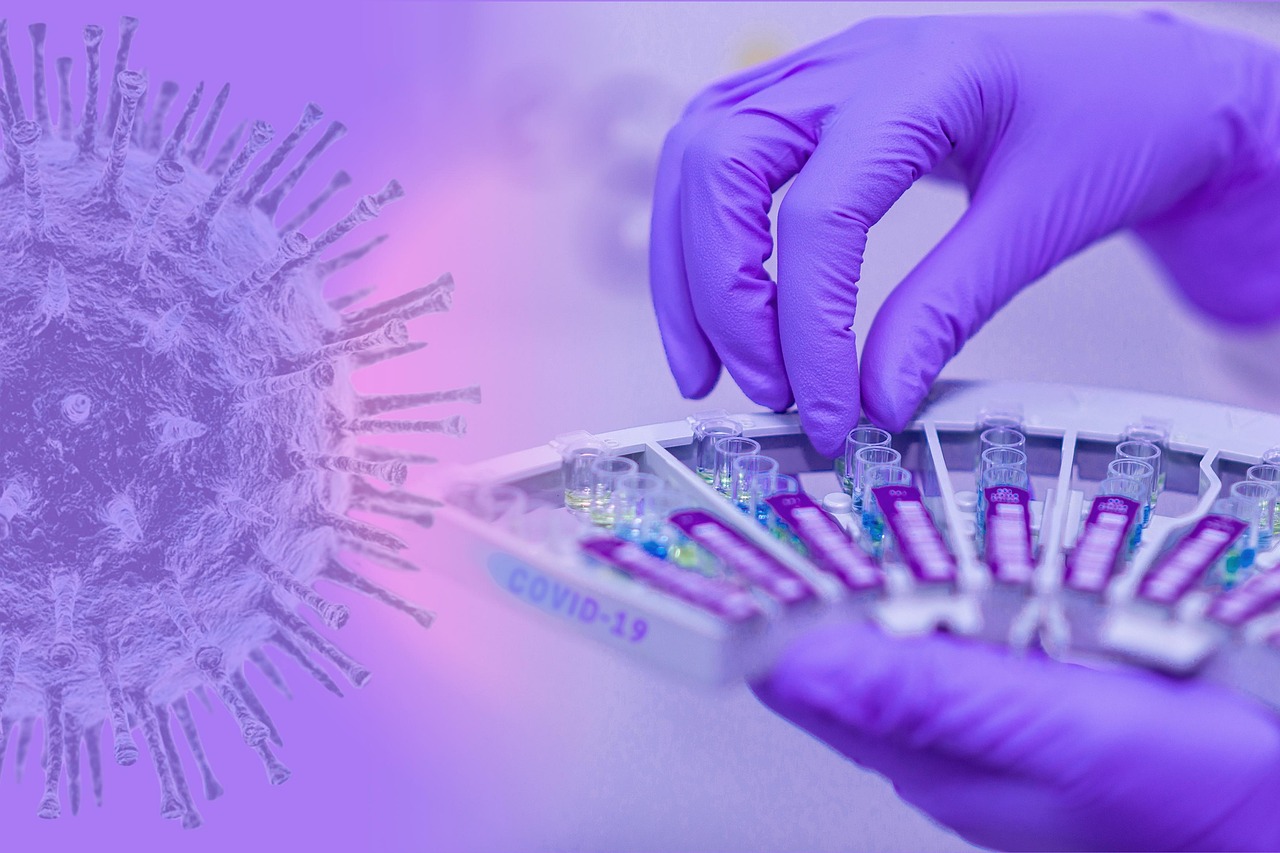Is death natural? Is it normal for life to end in death? Humans die, as do most living things. Death is already written in our genome, gradually our organism oxidizes, cells regenerate more and more slowly and we have to face the inevitable end. However, there are animals that are immortal. Some species of jellyfish can live forever or just until a predator catches them.
Which jellyfish lives forever?
Only one species of cnidarian, Turritopsis dohrnii, is known to have found the secret of eternal life. Geneticists hope comparing T. dornii’s DNA with its close relative, T. rubra, will help us understand the aging process and how to evade it.

Turritopsis are warm water jellyfish half a centimeter long. At least three species of hydra have the capacity to age backwards. Can you imagine being old and suddenly getting younger? Two of these can only go from the hydra equivalent of adolescent to child, sexual reproduction locks them into adulthood. T. dohrnii, on the other hand, appears able to go from its free-floating adult stage to bottom-living polyp, known as life cycle reversal (LCR), as many times as it wants.
The study was published in the journal Proceedings of the National Academy of Sciences. It provides a comparison of T. dorhnii and T. rubra in the hope that the differences will prove enlightening. Dr Maria Pascual-Torner of Universidad de Oviedo, Spain, and co-authors found no simple trick that could be applied to a person to live forever. The scientific team discovered a wide variety of potential contributors, reporting; “We have identified variants and expansions of genes associated with replication, DNA repair, telomere maintenance, redox environment, stem cell population, and intercellular communication.”

The study focused on two significant aspects of T. dohrnii’s genome absent in its relative. One of these silences the polycomb repressive complexes: 2 families of proteins that regulate gene expression. The other activates pluripotency – the capacity of a stem cell to turn into whatever sort of cell it needs to become – during life cycle reversal.
Can humans be immortal?
Maybe one day science will be able to change the human genome, ensure rapid regeneration and program cells to not age. Only very simple organisms, such as some jellyfish, are immortal. Immortality in humans is a very difficult task. Maybe there is a way to do this, but there are no publicly published methods to do it yet.
As the paper notes: “Natural selection declines with age.” Even T. dohrnii does not live forever. These jellyfish could only live forever in an artificial environment. In their normal habitat, they live for a short time because they are food for fish and larger jellyfish.
Source:
https://www.pnas.org/doi/full/10.1073/pnas.2118763119
Image credit: Maria Pascual-Torner, Pixabay.com (featured image)




